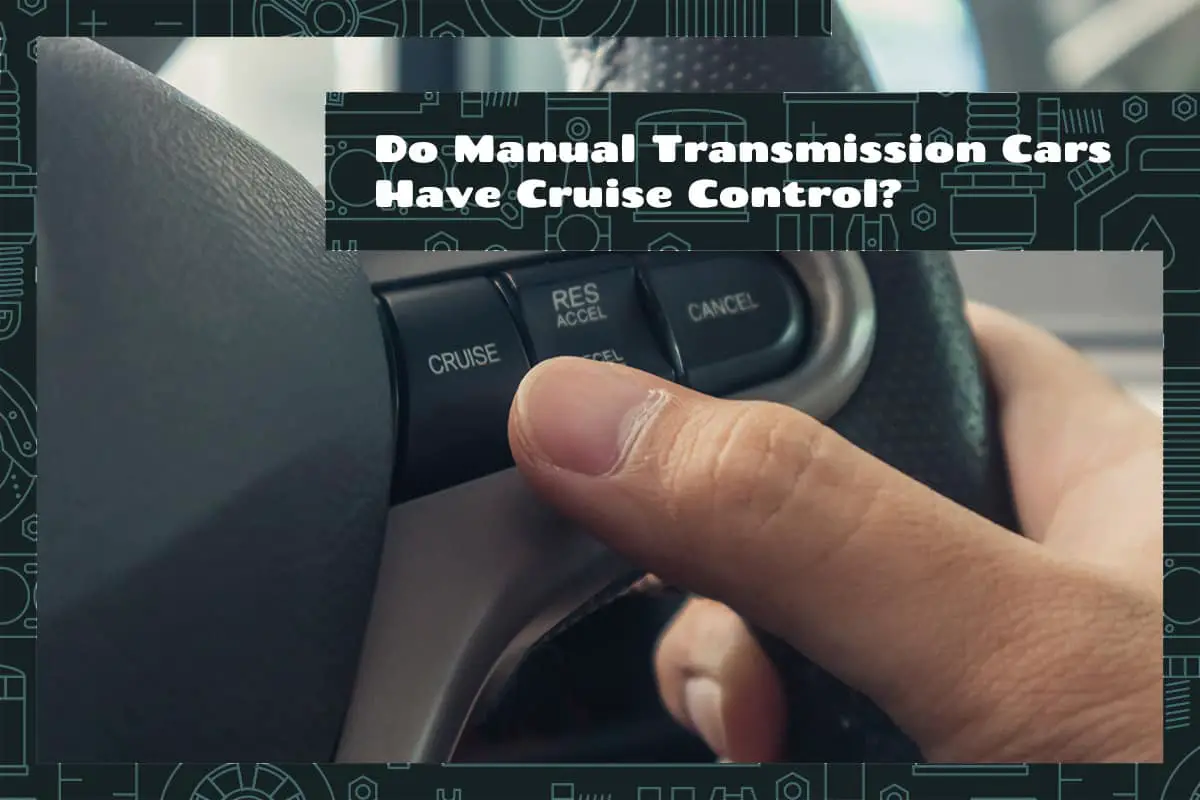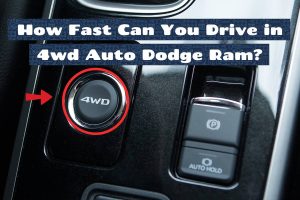Manual transmissions, often referred to as stick shifts, offer a sense of connection between the driver and the vehicle. However, as technology has advanced, many modern amenities, such as cruise control, have become standard in automatic vehicles, leading to questions about their compatibility with manuals.
Yes, manual transmission cars can have cruise control. Modern systems are designed to maintain a set speed, even in manuals. The driver sets the desired speed, and the system adjusts the throttle to maintain it. If needed, pressing the clutch or brake will disengage the system.
Today’s guide will get into the mechanics of cruise control in manual transmissions, its advantages, challenges, and how to use it effectively.
Mechanics of Cruise Control in Manual Transmission
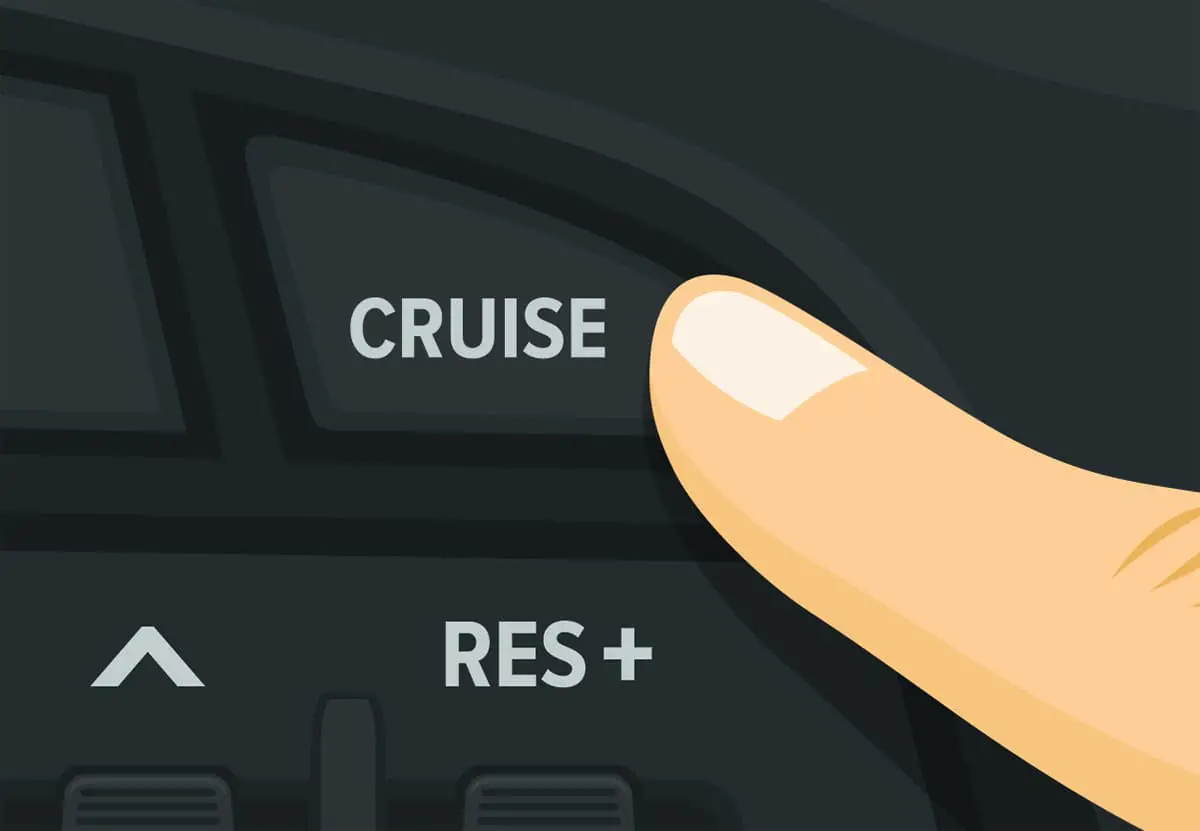
Cruise control, a feature once reserved for top-tier automatic cars, has found its way into manual transmissions. But how does it function in a stick shift?
How Cruise Control Systems Detect Speed
At the heart of any cruise control is a speed sensor. This device measures the car’s speed and sends this data to the control module. In manual cars, this sensor often takes readings from the gearbox or the wheels.
Adjusting Throttle in Manual Cars
To maintain a consistent speed, cruise control adjusts the throttle. In manual vehicles, instead of shifting gears like in automatics, the system manages the engine’s fuel supply. By controlling fuel flow, it keeps the car cruising at the set speed.
The Role of Clutch in Cruise Control Systems
Engaging the clutch while cruise control is active will interrupt the system. Modern designs detect when the clutch is pressed, disengaging the cruise control. This feature prevents engine strain and promotes smooth driving.
Advantages of Cruise Control in Manual Transmission
Once a luxury feature, cruise control has become increasingly popular among manual transmission car owners. But what benefits does this advanced system bring to stick shifts?
1. Fuel Efficiency Improvements
When a driver manually operates a vehicle, speed fluctuations are natural, even when trying to maintain a constant pace. These fluctuations can consume more fuel. Cruise control, by managing speed consistently, reduces these variations, leading to better fuel consumption rates. Over long drives, this can translate to noticeable fuel savings.
2. Enhanced Driving Comfort on Long Journeys
Long drives can be tiring, especially when consistently managing speed on highways. With cruise control, the need to constantly modulate the throttle is reduced. Set the desired speed, activate cruise control, and the system takes over, allowing for a more relaxed driving experience. This is especially handy in areas with minimal traffic and long stretches of road.
3. Safety Boost from Consistent Speeds
Rapid acceleration or deceleration can be risky, especially on highways with dense traffic. Cruise control maintains a steady pace, reducing the chances of sudden speed changes that can be hazardous. Additionally, it allows drivers to keep both hands on the wheel, promoting better control.
Potential Challenges and Limitations
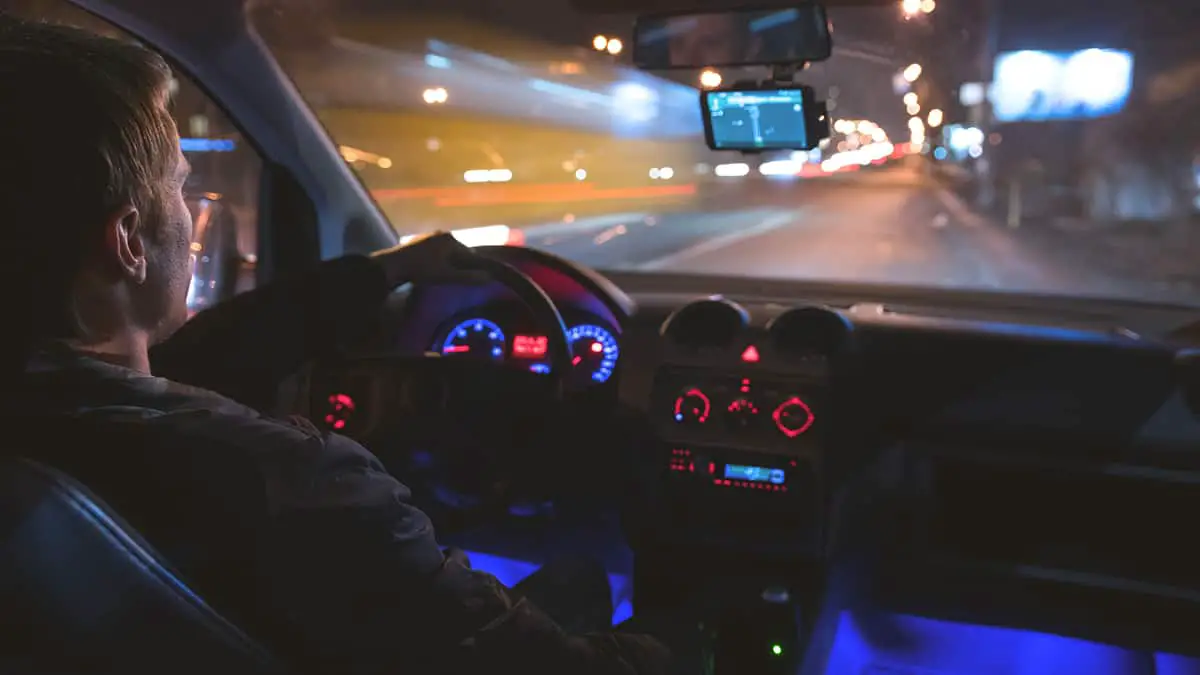
While cruise control in manual transmissions offers numerous advantages, there are some challenges and limitations that come with this feature.
1. Complex Situations
On flat terrains, this isn’t an issue. However, when driving on hilly roads, encountering sharp bends, or sitting still in traffic, maintaining a constant speed might not always be ideal. Ascending a steep hill may strain the engine, while descending can lead to speeds higher than desired.
2. Safety Concerns and Manual Overrides
There are moments when manual intervention becomes necessary, even with cruise control active. In heavy traffic, sudden obstructions, or unpredictable road conditions, relying solely on cruise control might not be safe. In such situations, drivers should be prepared to take immediate control by pressing the brake or clutch to disengage the system.
Steps to Use Cruise Control in a Manual Car
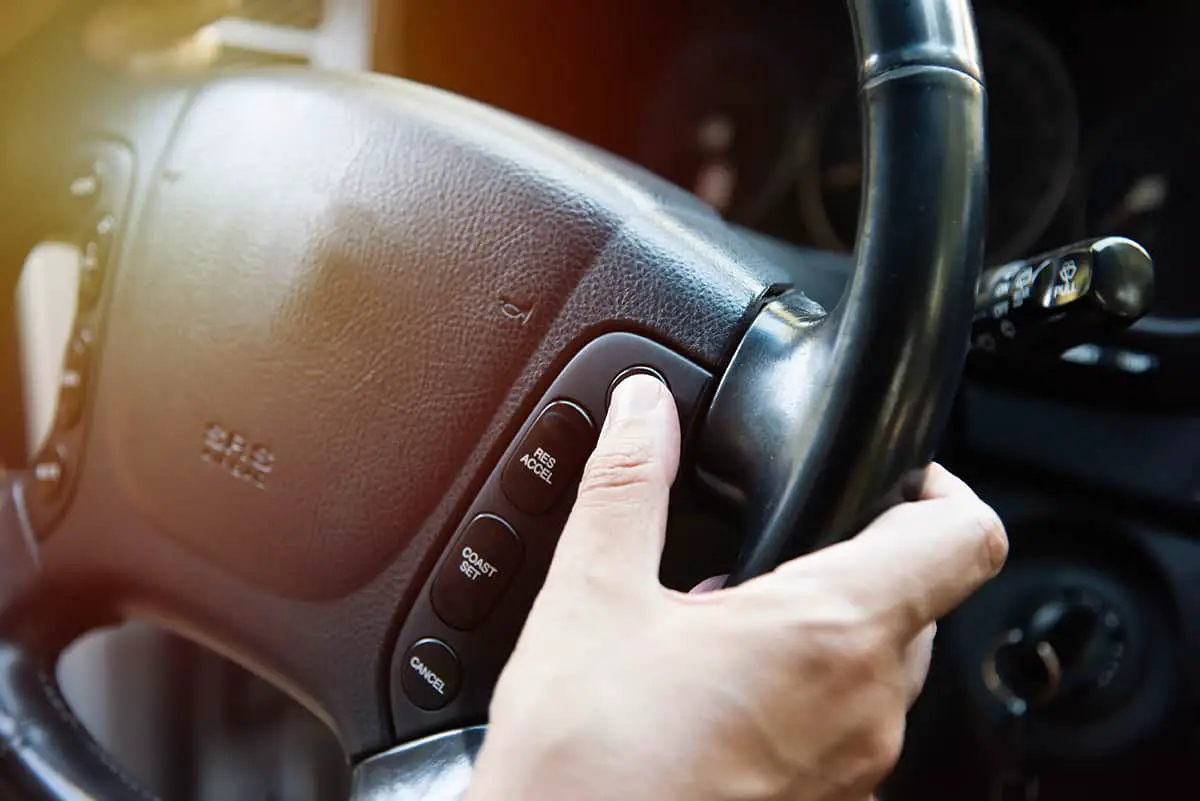
For those who are new to this technology or need a refresher on how to use it effectively in a stick shift, this section provides a step-by-step guide. Please be aware that cruise control systems may vary between cars, so check the paperwork for more details.
Activating Cruise Control
Before you start, make sure the road conditions are suitable. It’s best to use cruise control on open highways or roads with minimal traffic interruptions.
- Drive your car manually to the desired speed.
- Locate the cruise control buttons, usually found on the steering wheel or a nearby stalk.
- Press the “Set” or “On” button, depending on your car’s design. Your vehicle should now maintain the current speed without you pressing the accelerator.
Setting and Adjusting Speed
Once cruise control is active, you have the flexibility to adjust your speed:
- Increasing Speed: Use the “Resume” or “+” button to boost your speed. Some systems might increase the speed incrementally with each press, while others could allow you to hold the button for a continuous increase.
- Decreasing Speed: The “-” button will typically reduce the cruising speed. Like with acceleration, the speed can either drop in small increments or steadily if the button is held.
- Manual Override: If you wish to override the set speed temporarily, press the accelerator. Once you release it, the car will return to the previously set cruising speed.
Disengaging and Manual Overrides
There are a few methods to disengage the cruise control:
- Braking: Applying the brake will instantly turn off cruise control. This is the most common method, especially when needing to reduce speed quickly.
- Pressing the Clutch: In many manual cars, pressing the clutch pedal will also disengage the system, making it useful for gear changes or when anticipating a need for speed reduction.
- Using the Off Button: Most systems will have an “Off” or “Cancel” button. Pressing this will turn off cruise control, allowing you to manage speed manually.
- Shutting Off the Engine: Turning off your car’s engine will also deactivate the cruise control. However, this method is generally not recommended unless in an emergency.
Safety Tips and Best Practices
- Stay Alert: Even with cruise control active, stay attentive. Be ready to take control when the situation demands, such as in heavy traffic or unpredictable road conditions.
- Avoid Wet or Slippery Roads: On wet, icy, or slippery surfaces, it’s best to avoid cruise control. Maintaining a consistent speed in such conditions can increase the risk of skidding.
- Keep Hands on the Wheel: Always keep your hands on the steering wheel. Cruise control manages speed, not steering.
- Regular Maintenance: To ensure your cruise control works flawlessly, make it a part of your regular car maintenance checks. Inspecting the system’s components, such as the speed sensor, can help identify potential issues before they become problematic.
Differences Between Cruise Control in Manual vs. Automatic Transmissions
| Aspect | Manual Transmission | Automatic Transmission |
| Speed Management | Adjusts throttle to maintain speed. Might need manual downshifting on hills. | Adjusts both throttle and transmission, auto-downshifts on hills. |
| Engagement & Disengagement | Clutch or brake disengages system. Gear changes can interrupt cruise. | Braking disengages system, offering continuous cruising even in varied traffic. |
| Complexity | Straightforward, focuses on throttle without gear change considerations. | More complex; communicates with transmission system for gear changes. |
| Ease of Use | Can be challenging in frequent gear-change scenarios. | More user-friendly; system handles speed and gear changes. |
| Driving Dynamics | Blends automation with manual control. | More relaxed, fully automated speed and gear adjustments. |
| Adaptability | Requires learning curve for effective use. | Intuitive, with system managing most driving dynamics. |
| Safety Features & Concerns | Requires driver alertness, especially during gear changes. | Often comes with adaptive features, adjusting speed based on traffic, enhancing safety. |
| Override Features | Manual speed override by pressing accelerator; system resumes control once pedal is released. | Manual override possible, with system making necessary transmission adjustments as needed. |
